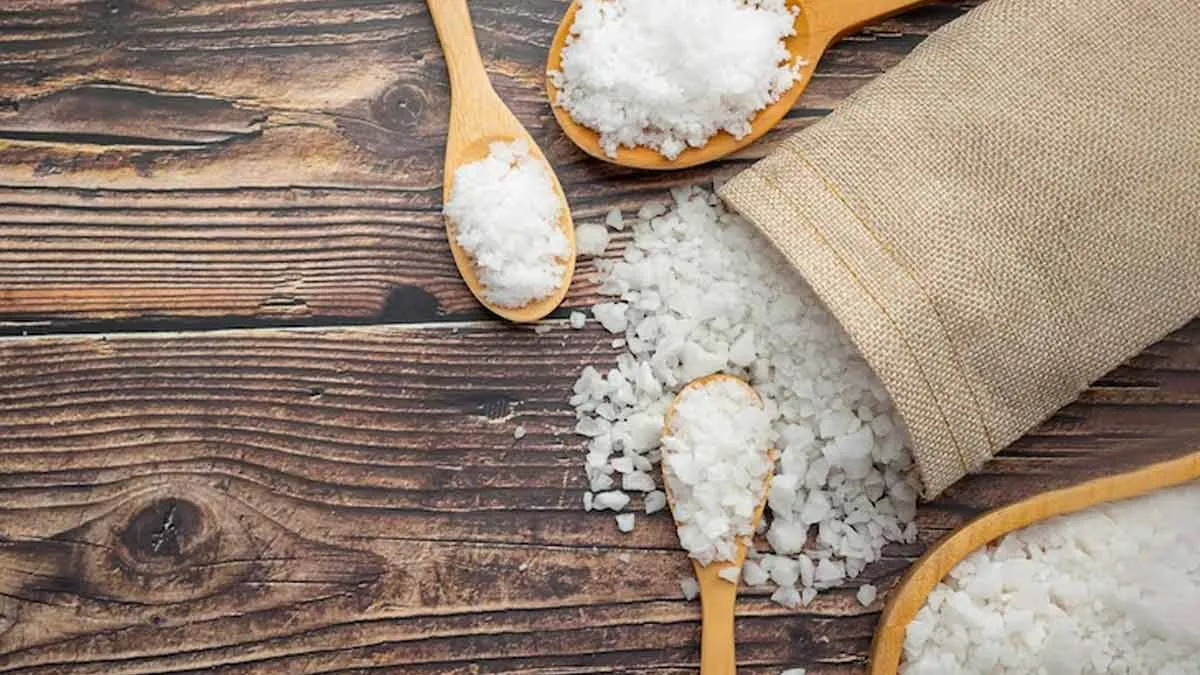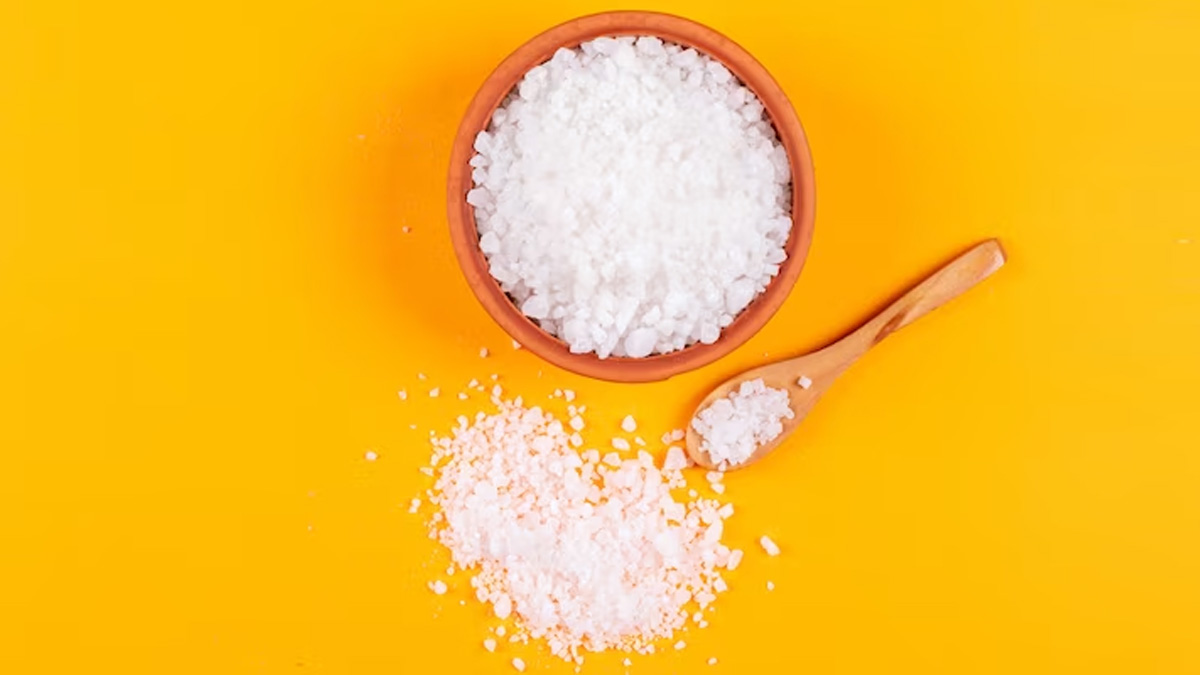
If you’ve or anyone you know have been diagnosed with high blood pressure, the first thing your doctor probably advised was to cut down on salt. This is because excess sodium intake can increase blood pressure by retaining water in the body, which puts extra strain on your heart and arteries. However, giving up salt entirely can feel impossible for those who love flavour.
Table of Content:-
So we reached out to our expert, Dr Vikram Vora, Medical Director and Chief Health Officer (Indian Subcontinent), International SOS, and he explained that there are better options available that can make your food delicious without raising your blood pressure levels. Read ahead to know what he shared with us.
Why Too Much Salt Is a Problem
Salt (sodium chloride) is needed for maintaining fluid levels and nerve function, but most modern diets provide much more than that. Less than 5 grams (just about one teaspoon) of salt per day is the World Health Organization's (WHO's) suggestion, yet adults usually take twice as much. Chronic extra sodium can harden arteries over time, causing high blood pressure and a higher risk of heart disease, stroke, and kidney injury.
Also Read: Hypotension vs Hypertension: Understanding the Highs and Lows of Blood Pressure

Dr Vora elaborated, "Decreasing salt isn't just about reducing flavour, it's about retraining your taste buds to appreciate the natural flavour of food. Fortunately, several alternatives can make the transition a breeze."
Best Salt Alternatives Advised by Professionals
Here are the best alternatives to salt as shared by Dr Vora:
1. Potassium-Based Salt Substitutes
One of the most widely used substitutes for common salt is potassium chloride. It has the same salt taste but with potassium replacing sodium, which aids in negating the effects of sodium and is good for the heart. Potassium-rich diets are proven to naturally lower blood pressure. It is advisable, however, that those suffering from kidney disease or on certain medication first consult their physician before using potassium salt.
2. Herbs and Spices for Natural Flavour
Herbs and spices are the most nutritious taste enhancers on the planet. Garlic, basil, oregano, thyme, black pepper, cumin, coriander, and turmeric not only make food taste better but also contain antioxidants and anti-inflammatory properties. "Spices such as cumin or lemon zest give depth and aroma that will help you forget salt altogether," added Dr Vora. Playing around with blends like chilli flakes or dried rosemary can add excitement to plain foods.
3. Lemon Juice and Vinegar
Adding a splash of acidity to a dish can fool your taste buds into perceiving more salt. Lemon juice, lime, or apple cider vinegar adds brightness to flavours and cuts back on the demand for added salt. They aid in digestion and metabolism, too. Experiment by squeezing lemon onto roasted veggies, soups, or salads, which brings zest and freshness without the health hazards.
Also Read: How Sex Affects Your Heart Rate: Tips to Keep Your Heart Healthy on World Heart Day

4. Seaweed and Nutritional Yeast
For those needing that umami (savoury) flavour, nutritional yeast or seaweed flakes are great options. Seaweed has trace minerals and a subtle salty taste, and nutritional yeast has a cheesy taste that is great with pasta, eggs, or popcorn.
Bottomline
It's not necessary to forgo flavour to control blood pressure. By opting for wise salt substitutes, such as potassium-based salt, herbs, and citrus, you can keep your heart safe and still savour each mouthful.
Also watch this video
FAQ
1. Is rock salt as good for blood pressure as regular table salt?
Not necessarily. Both have approximately the same amount of sodium, so be moderate in either case.2. Can salt substitutes be used in place of salt?
Yes, but get your doctor's approval first, particularly if you have kidney problems or take blood pressure medication.3. How long does it take to get accustomed to less salt in food?
Usually about 2–3 weeks. As your taste buds adapt, you’ll start to appreciate natural flavors more.
How we keep this article up to date:
We work with experts and keep a close eye on the latest in health and wellness. Whenever there is a new research or helpful information, we update our articles with accurate and useful advice.
Current Version
Oct 21, 2025 16:42 IST
Published By : Tanya Srivastava